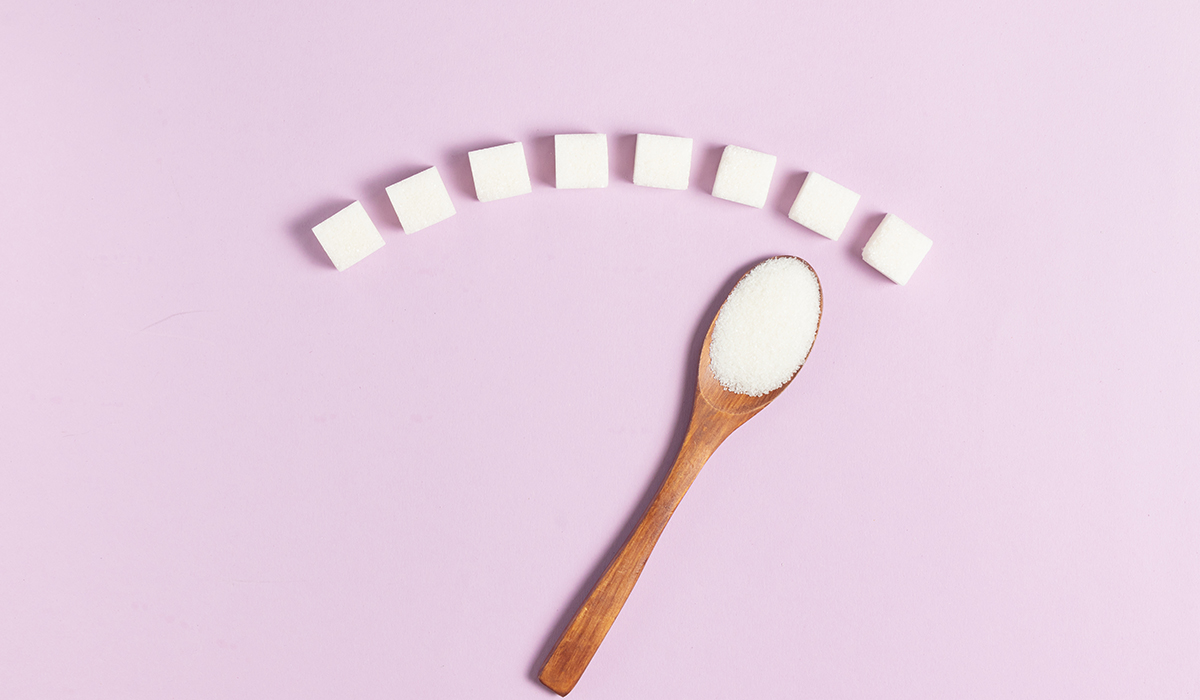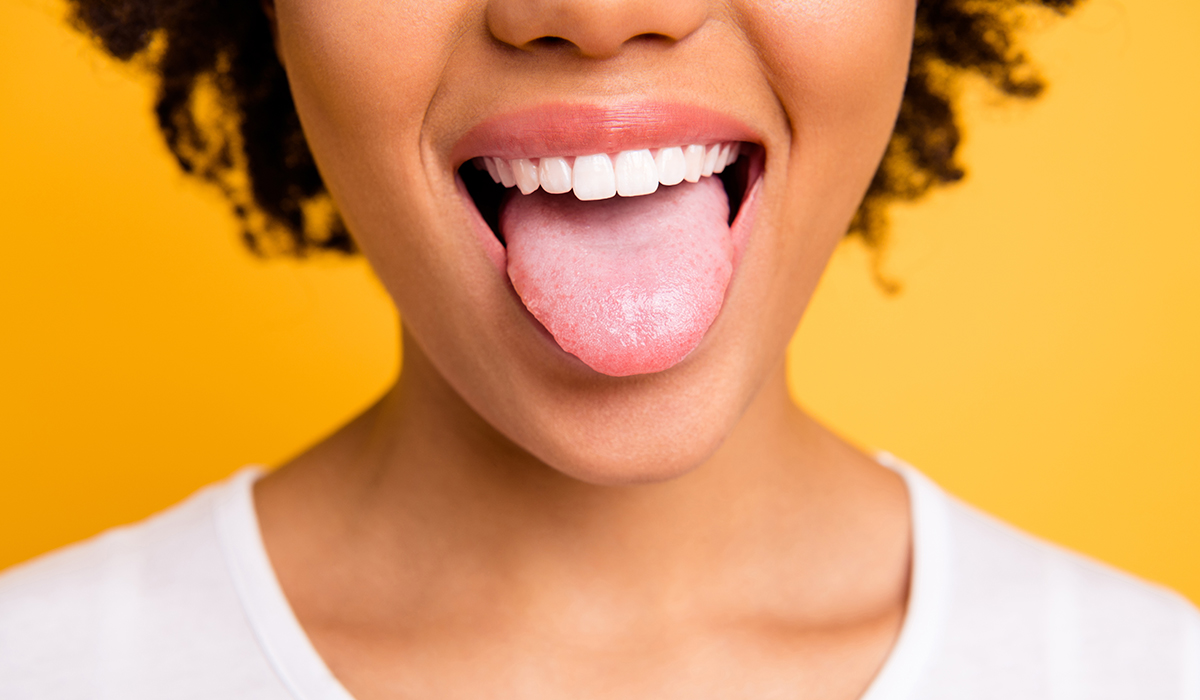The reasons you're craving chocolate
Amy Wood - Nutritionist
Chances are, at some point in the last year, month or even week, you've experienced a powerful hankering for some chocolate, or had the feeling that you couldn't possibly end your meal without 'something sweet'. Food cravings are common for all of us, but they're especially unwanted when we're trying to eat well or lose weight. As it's very rare to get a craving for veggies, it's something that most of us would like to get control of. We're taking a closer look at the science behind cravings, as well as how to stay on track when they do kick in.
What is a craving?
When we talk about cravings, we mean an intense desire to eat a specific food or type of food. It's not an urge to eat in general, but a distinct need to taste a certain kind of food – in fact, cravings can often strike when we're not even hungry! Most of the time, cravings are for less nutritious foods that are high in fat, salt or sugar.
Why do we get them?
We used to believe cravings happened due to our bodies lacking a certain nutrient. However we're increasingly learning that cravings are less about what our body needs, and more about what our brain wants! It's believed there are many factors and mechanisms that play a role – we've explored the most common ones.

You're dealing with emotions
It's common for us to turn to food as a source of comfort when we're stressed, sad or bored. If this is something you've done for a long time, it's likely the pleasure centres of your brain rely on your specific trigger food to kick in and make you feel better.
Of course, we know this is only a temporary fix, so the key to breaking this cycle is to try to address your emotions in a different way; unrelated to food. Going out for a walk, practising yoga, calling up a friend, or popping on a film can all be good ways to distract yourself and recharge your batteries if you are feeling stressed or anxious. Talking through specific life events and personal circumstances with a family member or close friend could be a good way to release your negative emotions and get support without needing to turn to food.

Your blood sugar is low
Following consumption of sugar or 'white' refined carbohydrates, like white bread, cakes and sugary breakfast cereals, sugar quickly enters the bloodstream and causes a spike in blood glucose levels. The tissues in our body are met with a quick surplus of energy and we can feel full of beans for a short while after eating. However, elevated blood glucose levels prompt the rapid release of insulin, the hormone responsible for removing glucose from the blood and moving it into 'storage'. As insulin is quickly released, blood sugar levels crash at an equal magnitude to the earlier spike ndash; so the energy we get from refined carbs and sugar is short-lived, and only makes us feel more tired, and in need of even more sugar in the long run.
To break this cycle, we need to choose foods that keep our blood sugar more stable. I'm talking wholegrains, legumes, nuts and seeds. These carbohydrates have retained all their fibre and nutrients, and take much longer to be digested and absorbed. The resulting increase in blood glucose is more gradual, meaning we don't experience the same 'spike' and 'crash'. Our body's tissues receive a steady supply of glucose over a course of several hours after we've eaten, so we can maintain a higher level of energy until our next meal. Plus the fibre found in these foods helps us to feel fuller for longer, keeping cravings at bay. Minimally processed whole grains are also packed with micronutrients like B vitamins that play a role in energy metabolism.

Your flavour tolerance is high
Whether it's sweet or salty foods that tick your box, eating too much of these strong flavours can increase our tolerance over time, meaning we need to make foods even sweeter or saltier to satisfy our tastebuds and feel good. If we were to then eat a meal with less sugar or salt, it's likely our stomach would be full, but our brain would still be yearning to taste more.
Fortunately, it's possible to reverse this process and lower our flavour tolerance. If you've got a sweet tooth, try gradually lowering the sugars in your diet. You could use sweeteners as a zero calorie 'stepping stone' to achieve this. For example, transitioning from full-sugar cola to diet cola, then lowering the number of cans you drink per day one by one. If you're more of a savoury person, try using a low-sodium salt to season your food, then gradually decrease the amount you use and replace with other sources of flavour, like herbs and spices.

You're restricting too much
This tends to be one of the most prevalent reasons for cravings amongst the weight loss community. At the start of your journey when weight loss motivation is at an all-time high, it becomes tempting to cut out your favourite foods or entire food groups, perhaps even surviving on meal replacement shakes and bars to achieve quick results. In doing this, the happy feeling your brain used to feel when enjoying a nice meal is taken away, so cravings for those 'banned' foods begin to build and build. You might also be denying your body of the energy it needs, leading to low blood sugar and the mechanism described in the point above.
The simple solution to this is to steer clear of the fads! Weight loss isn't a one-size-fits-all approach, and different diets produce different results for different people. Ultimately, the best way to maintain a positive relationship with food is to eat in a calorie deficit through a balanced diet – yes, that includes all your favourite foods too! By allowing yourself to eat a square of chocolate or a small packet of crisps every now and again, cravings are far less likely to build up. You're feeding both your body and your brain!

You've formed a habit
Let's say your usual routine is putting the kids to bed and curling up in front of the TV with a chocolate bar and a glass of wine. By repeating this behaviour enough times, your brain begins to associate switching on the TV at the end of the day with less nutritious snacks, and will begin to expect them every time you do it. Equally, you might always pass the same fast food restaurant on your route home from work, and because you've turned in through the drive-through many times before you might begin to feel intense cravings for your usual order as you commute home, whether you're actually hungry or not. We explore the science behind habit-forming and how to break habits in this blog.
How can we curb our cravings?
Experiencing cravings from time to time is normal for all of us, however they can become a huge obstacle to eating well and losing weight if they're a regular feature in your day. For more tips on managing your food cravings, check out this blog.

Nutritionist Amy Wood (ANutr), MSci BSc Nutrition has a keen interest in the relationship between diet and health. Having been published in the European Journal of Nutrition, Amy is passionate about making evidence-based nutrition accessible to everyone and helping others to adopt a food-focused approach to taking control of their health.











